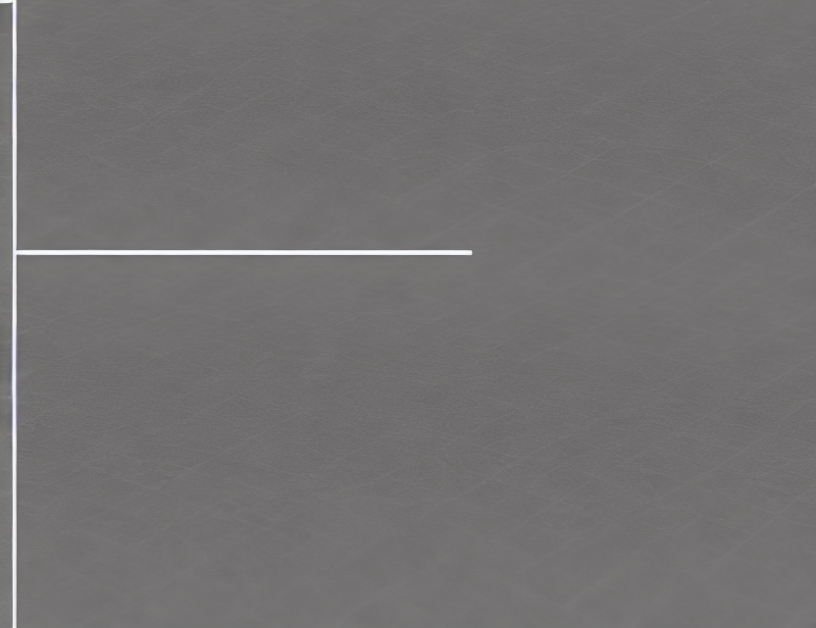In this article, we explore how neural implicit surfaces can be used to improve surface reconstruction in computer vision. Neural implicit surfaces are a type of neural network that can learn the underlying shape of an object from a set of images. By using these surfaces, we can create more detailed and accurate reconstructions of objects than traditional methods.
The article begins by explaining the problem of surface reconstruction and how it is important in computer vision. Surface reconstruction involves creating a 3D model of an object from a set of 2D images. However, this process can be challenging, especially when dealing with complex or irregularly-shaped objects.
To address this challenge, the authors propose using neural implicit surfaces to improve surface reconstruction. Neural implicit surfaces are a type of neural network that can learn the underlying shape of an object from a set of images. By using these surfaces, we can create more detailed and accurate reconstructions of objects than traditional methods.
The article then provides examples of how neural implicit surfaces have been used in various computer vision applications, such as 3D modeling and object recognition. The authors also discuss the advantages of using neural implicit surfaces over traditional surface reconstruction methods.
One limitation of neural implicit surfaces is that they require a large amount of training data to produce accurate results. However, the authors suggest that this limitation can be overcome by using techniques such as scale and normal regularization. These techniques help to improve the quality of the reconstructed surfaces by adding more detail and structure.
The article concludes by highlighting the potential of neural implicit surfaces for surface reconstruction in computer vision. The authors believe that these surfaces have the ability to revolutionize the field by providing more accurate and detailed reconstructions of objects than traditional methods.
In summary, this article provides a comprehensive overview of how neural implicit surfaces can be used to improve surface reconstruction in computer vision. By using these surfaces, we can create more detailed and accurate reconstructions of objects, which has important applications in various fields such as 3D modeling and object recognition.
Computer Science, Computer Vision and Pattern Recognition
Improved Surface Reconstruction Using High-Frequency Details



